Tsutsumi Fusaki (March 3, 1890 - July 21, 1959), born in Kofu, Yamanashi. He graduated from the Imperial Japanese Army Academy in 1922. In 1931, Tsutsumi Fusaki participated in the invasion of China as part of the 10th Infantry Division.
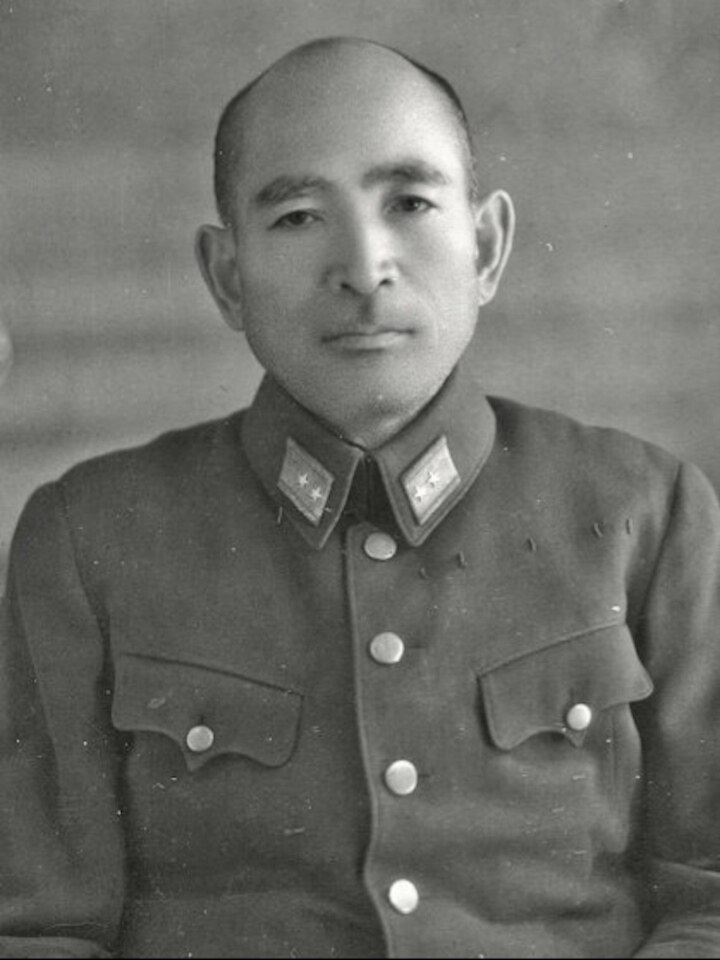
Tsutsumi Fusaki. (Photo: Wikipedia)
Tsutsumi Fusaki continued to fight in the Jinzhou and Liaoning Campaigns in 1932. In 1934, he and his division returned to Japan. In Japan, Tsutsumi Fusaki mainly trained new recruits and reserve units in the Japanese mainland to defend the central region of the Empire.
On March 1, 1938, Tsutsumi Fusaki was Chief of Staff of the 10th Infantry Division. On August 1, 1939, Tsutsumi Fusaki was promoted to Major General and appointed commander of the 16th Infantry Brigade. Just two months later, in October 1939, he was appointed Commander of the 24th Infantry Division.
By March 1, 1941, Tsutsumi Fusaki was the Brigade Commander of the 18th Mixed Brigade. And from July 1, 1942, he was the commander of the 67th Logistics Depot of the Imperial Japanese Army in Hiroshima.
On October 1, 1943, Tsutsumi Fusaki was sent to Shumshu Island, Kuril Islands as Commander of the 1st Kuril Garrison. On April 17, 1944, the 1st Kuril Garrison was upgraded to the 91st Infantry Division; Tsutsumi Fusaki was promoted to Lieutenant General. On Shumshu Island, Lieutenant General Tsutsumi Fusaki became the commander of the Japanese army in the final battle with the Soviet Union in World War II.
The last battle of World War II
In August 1945, according to the agreement at the Yalta and Potsdam Conferences, the Soviet Union declared war on Japan. In addition to attacking Manchuria, North Korea, and South Sakhalin, the Kuril Islands were also a target that the Soviet Union aimed for.
On August 15, 1945, Commander of the Soviet Forces in the Far East, Marshal Vasilevsky ordered Commander of the 2nd Far Eastern Front, General Purkayev and Commander of the Pacific Fleet, Admiral Yumashev to plan an attack on the Kuril Islands.
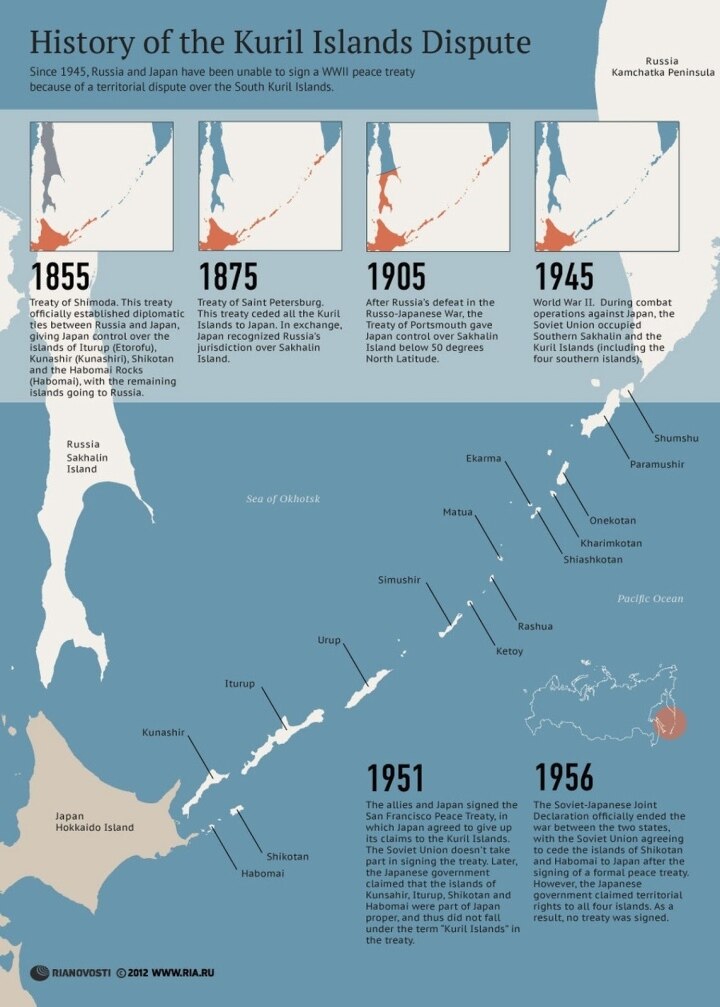
Map of the Kuril Islands region from 1855 - 1945.
The Soviet attack was to begin south of the Kamchatka Peninsula, capturing the two northernmost islands of the Kuril Islands, Shumshu and Parashimuro. These were where the bulk of the Japanese Kuril garrisons were located. Once these two islands fell, the remaining islands would quickly surrender.
The defense force on Shumshu Island consisted of 8,500 soldiers of the Japanese 91st Infantry Division under the command of Lieutenant General Tsutsumi Fusaki. Parashimuro Island also had a small airport and a naval base with a troop strength of about 15,000. The Japanese also had 77 light tanks of various types.
The Soviet landing force consisted of soldiers trained in naval warfare from the 101st Infantry Division of the Red Army, along with a battalion of the Pacific Fleet's Marines and a Border Guard company from the Kamchatka Defense District; totaling 8,800 men with 95 artillery pieces and 123 mortars.
The Soviet Navy mobilized only 64 ships and had no large warships. The landings depended on the large landing craft LCI(L) transferred by the United States. The landing force also had no tanks because they trusted in overwhelming artillery and mortar fire. In addition, the Soviet 128th Air Division also participated in supporting the landing force.
Battle progress
At 2:38 a.m. on August 18, 1945, Soviet naval artillery at Cape Lopatka opened fire on Japanese positions at Shumshu. At 4:22 a.m., the first landing party of more than 1,300 troops under the command of Major Shutov landed on the island.
However, due to lack of experience in amphibious operations, the landing ships dropped troops at a location that was too far away and had strong ocean currents, causing much equipment to be swept away and many soldiers to drown when the waves and currents carried them far from shore.
However, due to the element of surprise and heavy fog, the Japanese did not detect the landing of the Soviet troops. Shutov's forces moved 2 km without being detected. It was not until an hour later that the Japanese discovered the Soviet troops and began to fire. Japanese artillery at Kokutan-saki and Kotomari-saki fired heavily at the landing troops and the ships offshore.
By 9:00 a.m. on August 18, 1945, the Red Army's 138th Regiment had successfully landed and was holding the high ground north of Shumshu. It was planned that three artillery platoons would land on the island, but due to weather conditions, only four 45mm anti-tank guns were successfully brought to the island.
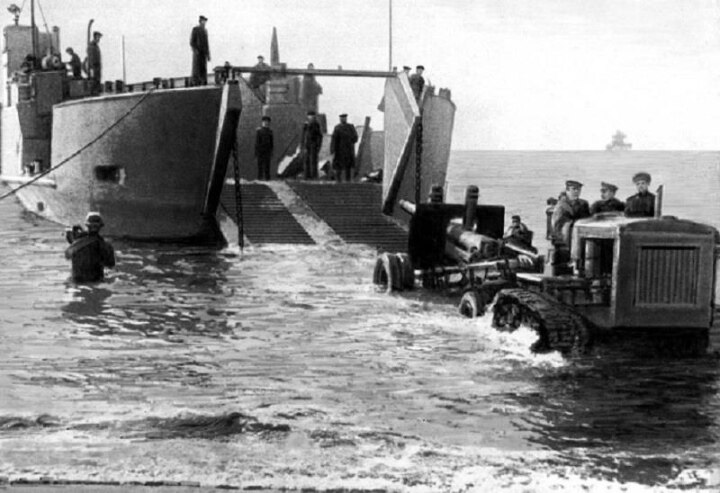
Soviet Red Army landed on the Kuril Islands.
At 11:00, Lieutenant General Tsutsumi Fusaki ordered the Japanese to launch a strong counterattack with tank support. The heights were recaptured by the Japanese but were later recaptured by the Red Army.
In the afternoon, the Japanese attacked again with 60 tanks in support. However, with PTRD, PTRS anti-tank rifles and anti-tank grenades, the Red Army destroyed the lightly armored Japanese light tanks. The Japanese tank regiment commander was killed.
Japanese artillery accurately fired on the Soviet landing craft formation and caused heavy damage to the attacking force. Japanese artillery sank seven large landing craft (LCI(L))s and severely damaged eight others; one border guard ship, two escort ships, and one transport ship were also damaged.
At this time, the Japanese transferred more troops from Paramushiro Island to Shumshu as reinforcements. The Japanese Air Force also attacked the Soviet landing force; two were shot down by Soviet naval anti-aircraft fire. The Soviet Air Force also participated in the battle, but due to fog, its participation was limited.
At 6:00 p.m. on August 18, the Soviet Union launched a major attack on Hill 171, an important position in the defense of Shumshu Island. A fierce battle between the Red Army and the Japanese lasted for more than 2 hours with many casualties on both sides. At 8:00 p.m., the Red Army finally pushed back the Japanese troops here and proceeded to dig defensive trenches.
That night, taking advantage of the darkness, the 373rd Red Army Regiment successfully landed, 11 artillery pieces were brought to the island. The Soviet Assault Engineers also successfully landed and with their extensive experience on the European front, the Soviet Engineers blew up many Japanese bunkers, trenches, and artillery fire bases that same night.
August 18, 1945 was the fiercest day of the entire Kuril Islands offensive. The Red Army suffered 400 dead, 123 missing (mostly drowned and swept away by the current during the landing), 716 wounded, 6 artillery pieces, 116 mortars, 106 anti-tank rifles, 294 machine guns of various types. The Japanese suffered 139 dead, 141 wounded. The Japanese also captured 139 Soviet prisoners of war.
On August 19, 1945, the fighting continued. At this time, Soviet artillery successfully landed and overwhelmed the Japanese firepower. Casualties of the landing force decreased significantly; the Red Army's advance also accelerated.
Offshore, the Japanese air force attacked with a squadron of kamikazes; a Soviet minesweeper was sunk. At 6:00 p.m., the Japanese commander on Shumshu Island, Lieutenant General Tsutsumi Fusaki, sent a telegram requesting negotiations with Major General Dyakov, commander of the 101st Red Army Division. The fighting was temporarily halted.
On August 20, 1945, a flotilla of six Soviet warships arrived at Kataoka port southwest of Shumshu to negotiate with the Japanese, but as they approached the port, Japanese artillery opened fire, killing three Soviet sailors and wounding 12 others. Major General Dyakov ordered the infantry to continue the attack.
On August 21, 1945, the Soviet Red Army continued its offensive to the South. With overwhelming artillery firepower, the Red Army advanced 6km. At the same time, General Dyakov also sent a telegram to the Japanese demanding surrender. On August 22, the Red Army sent two more infantry regiments from Kamchatka to Shumshu.
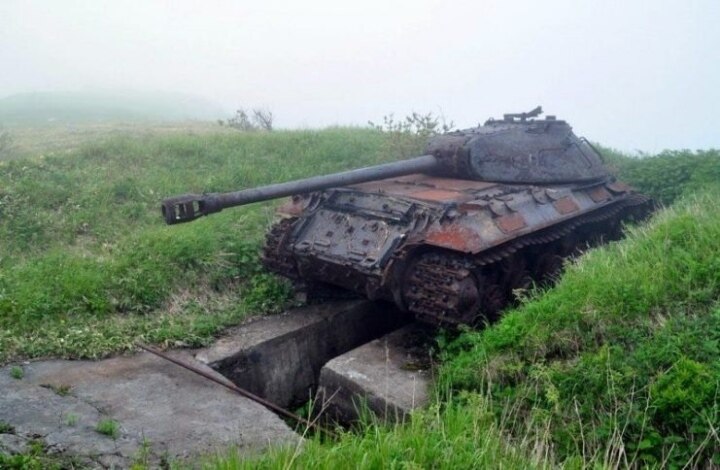
Soviet IS-3 tanks abandoned on the Kuril Islands
Japan surrenders
On August 23, 1945, Lieutenant General Tsutsumi Fusaki surrendered to the Red Army. The entire garrison surrendered, consisting of 526 officers, 11,709 non-commissioned officers and soldiers; the equipment on the island also included 57 howitzers, 9 anti-tank guns, 214 light machine guns, 123 heavy machine guns, 20 anti-aircraft guns, 15 tanks, and 7 airplanes.
The last Soviet battle of World War II was over. That afternoon, Major General Iwao Sugino on Paramushiro Island also announced his surrender.
In the final battle of World War II on Shumshu Island, the Soviet Red Army suffered heavy losses with 416 killed, 123 missing, and 1,028 wounded. The Japanese suffered 1,018 casualties, of which 369 were killed.
On August 24, 1945, after Tsutsumi Fusaki's Shumshu Island surrendered, the Soviet Red Army landed on Onekotan Island and accepted the Japanese surrender. From August 25, 1945 to September 4, 1945, the Soviet Red Army took over the islands of Sirinki-to, Makanru-to, Matsuwa, Uruppu, Etorfu, Kunasiri, Sikotan, Akiyuri, Yuri, Sibotsu, Takaru, and Todo. The Kuril Islands then became part of the Soviet Union's territory.
After the battle on Shumshu Island with heavy casualties, the Red Army realized its lack of experience in amphibious operations, as well as the lack of equipment, ships, and weapons to be able to organize a landing on the Japanese mainland. At the same time, the Western allies also put diplomatic pressure on the Soviet Union. The Red Army's plan to land on Hokkaido was canceled.
As for Lieutenant General Tsutsumi Fusaki, after being found not guilty of any war crimes, he was released to Japan in 1946. He died in his hometown of Kofu in 1959.
Le Hung (Source: Synthesis)
Useful
Emotion
Creative
Unique
Wrath
Source


![[Photo] General Secretary To Lam presents the First Class Labor Medal to the Vietnam National Energy and Industry Group](https://vphoto.vietnam.vn/thumb/1200x675/vietnam/resource/IMAGE/2025/9/21/0ad2d50e1c274a55a3736500c5f262e5)
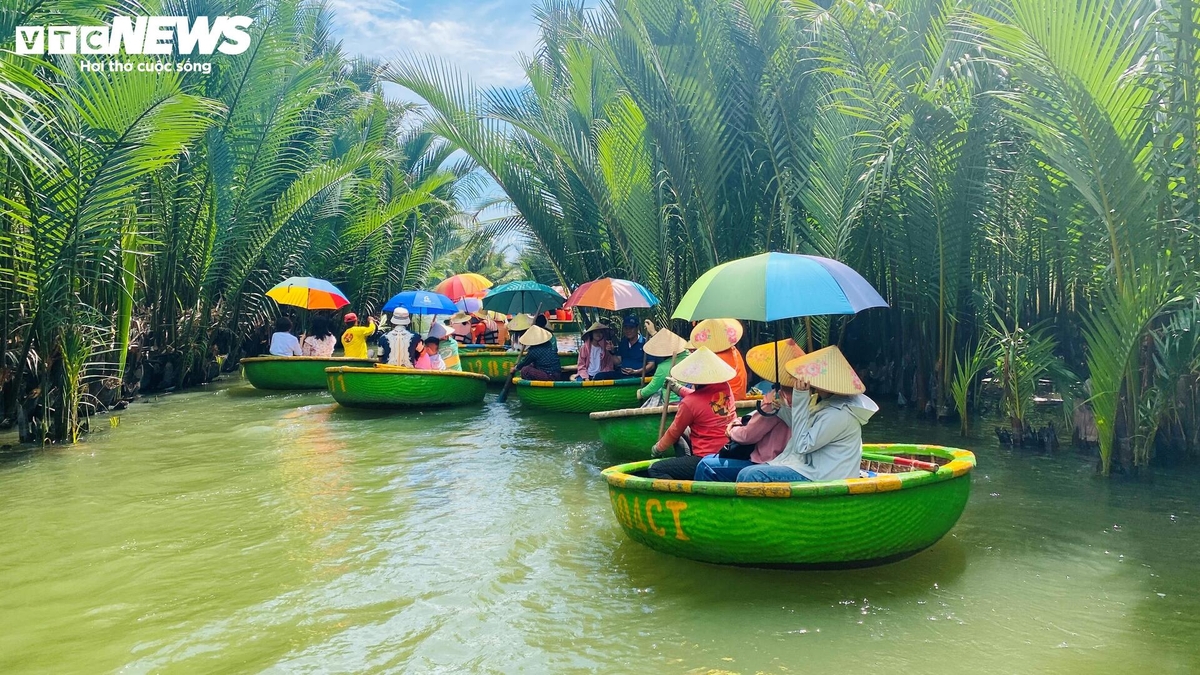




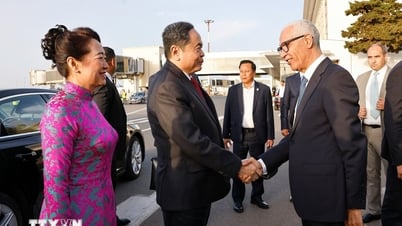

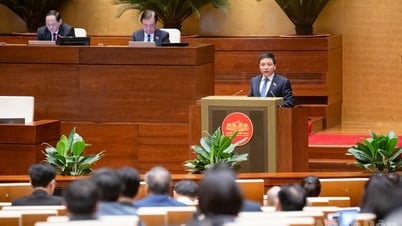

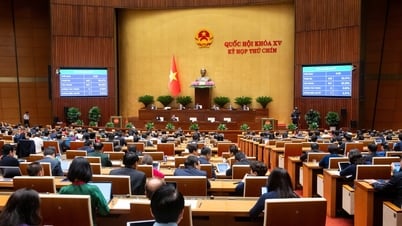

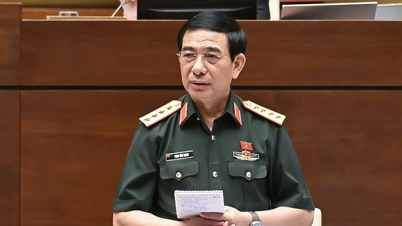

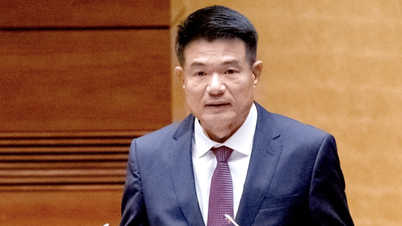

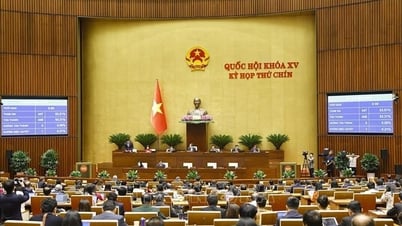






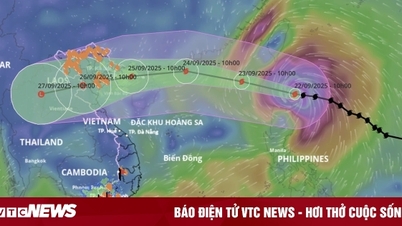
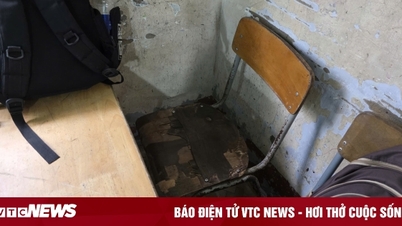




![[Photo] General Secretary To Lam attends the 50th anniversary of the founding of the Vietnam National Industry and Energy Group](https://vphoto.vietnam.vn/thumb/1200x675/vietnam/resource/IMAGE/2025/9/21/bb0920727d8f437887016d196b350dbf)
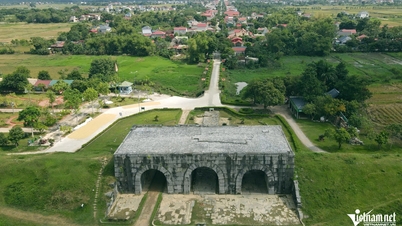



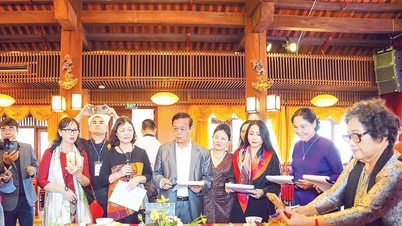

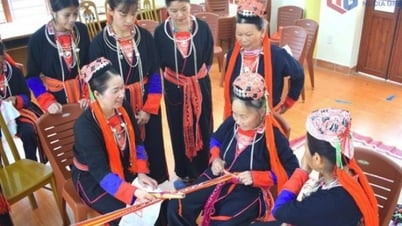

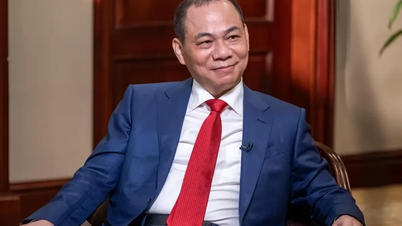


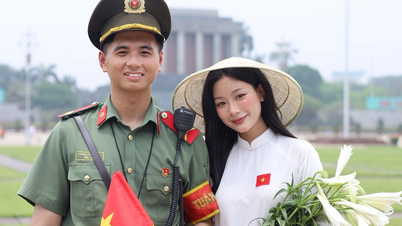


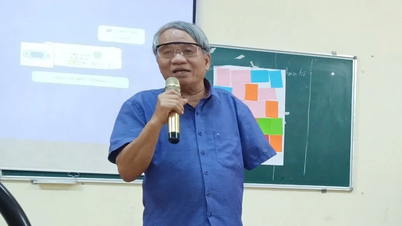










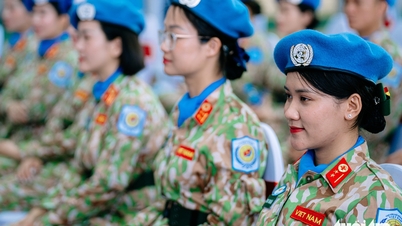
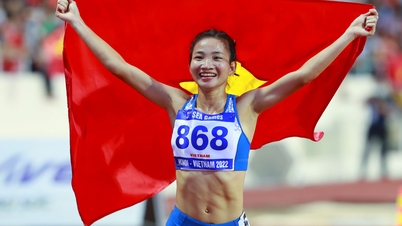


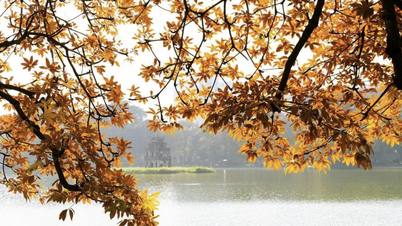




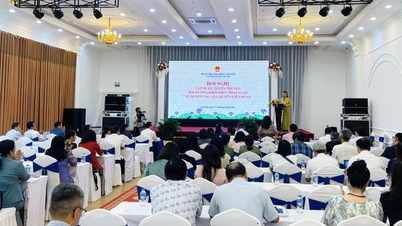








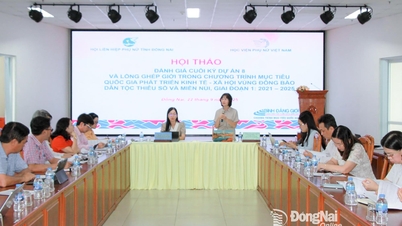

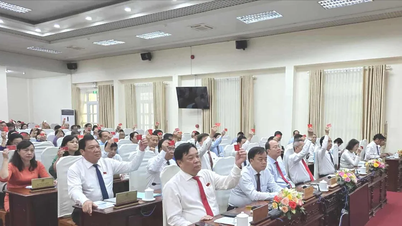



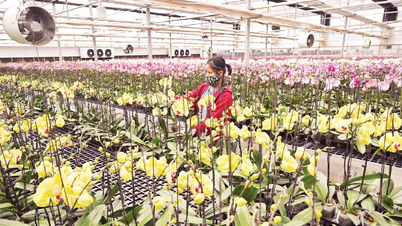













Comment (0)